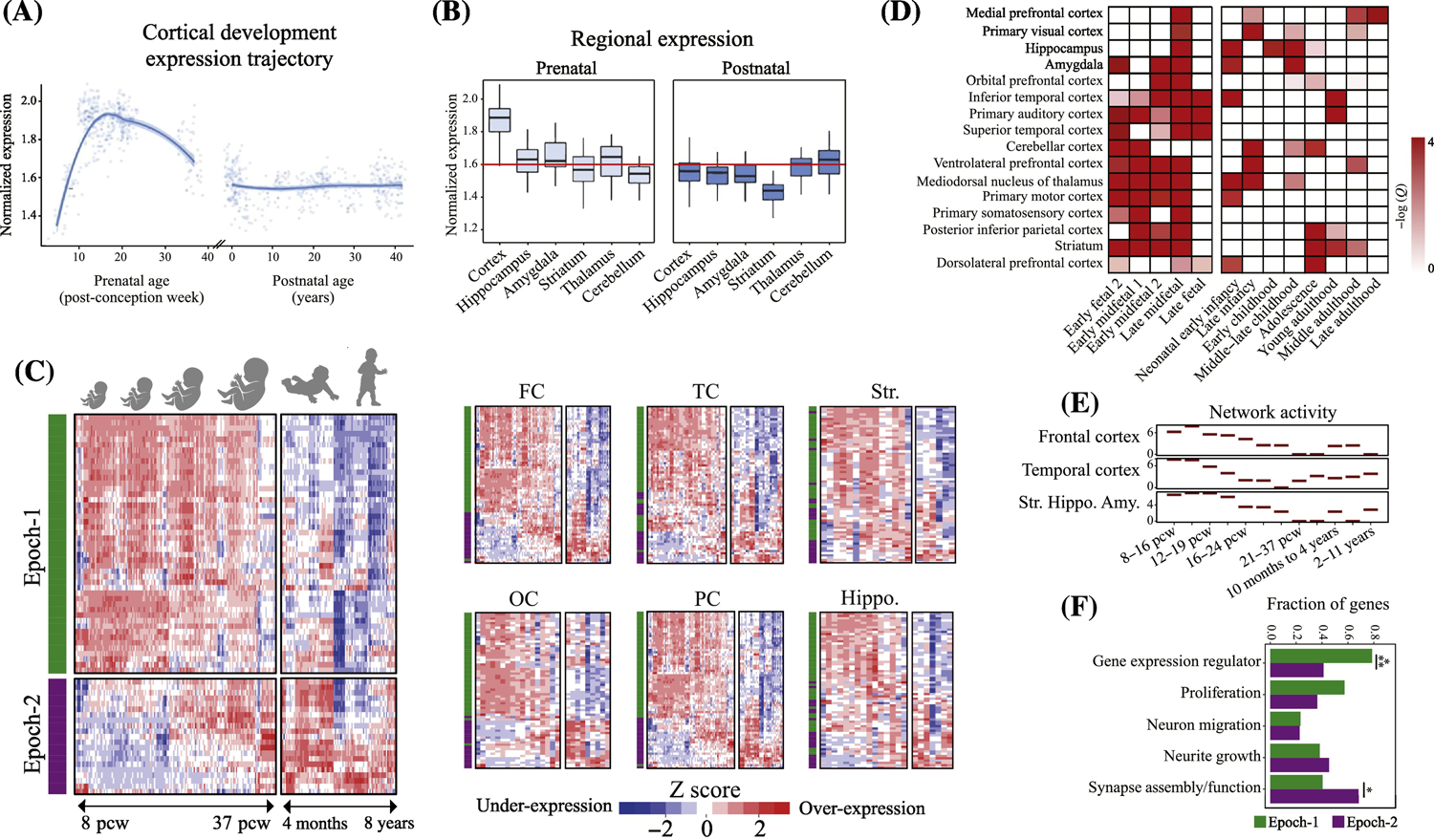Figure 2. ASD genetics uniformly implicate prenatal beginnings in multiple brain regions and multiple functional processes.

(A-B) Genes implicated in ASD by a recent GWAS study show strong expression during prenatal corticogenesis but not during postnatal cortex development (from[32]). (C) Neocortex expression pattern of 69 hcASD genes during brain development. 94% of 69 hcASD risk genes express at prenatal ages across multiple brain regions (from[9]). The heatmaps also show there are two major groups of hcASD genes: Epoch-1 (green bar in heatmaps) consisting of 68% of hcASD genes and Epoch-2 (purple bar in heatmaps) consisting of 32% (from[9]). FC: Frontal cortex; OC: Occipital cortex; PC: Parietal cortex; TC: Temporal cortex; Hippo: Hippocampus; Str: Striatum. (D) Similar to hcASD genes, an extended set of ASD risk genes show peak expression at prenatal ages across multiple brain regions (from[17]). (E) Co-expression activity of genes perturbed in leukocytes of individuals with ASD implicate prenatal neurodevelopmental stage across frontal and temporal cortices and the striatum, hippocampus and amygdala (Str.Hippo.Amy)(from[51]). (F) hcASD genes are highly pleotropic and are involved in multiple stages of prenatal neural development. Epoch-1 (green bars) is heavily dominated by regulatory hcASD genes (79% of Epoch-1 genes) that can disrupt proliferation, neurogenesis and other early stages of cortical formation, while Epoch-2 (purple bars) is dominated by brain-specific hcASD genes (>60% of Epoch-2 genes) that may disrupt late prenatal and postnatal synaptogenesis and “wiring” of cortex. Percentages across functional clusters add up to more than 100% because the majority of hcASD gene mutations affect more than one developmental process.
